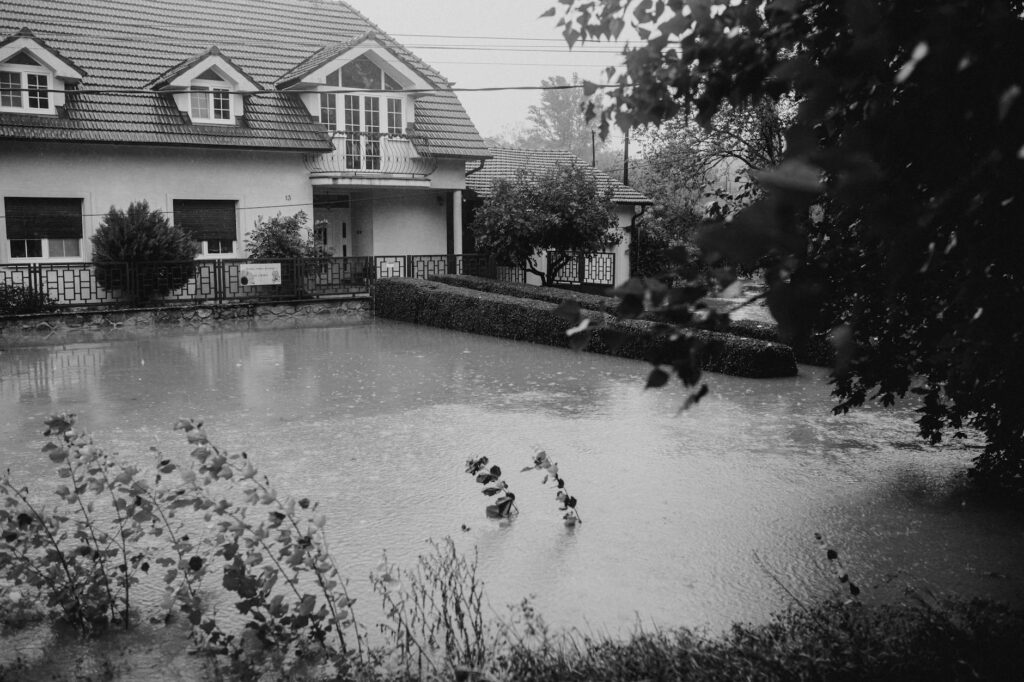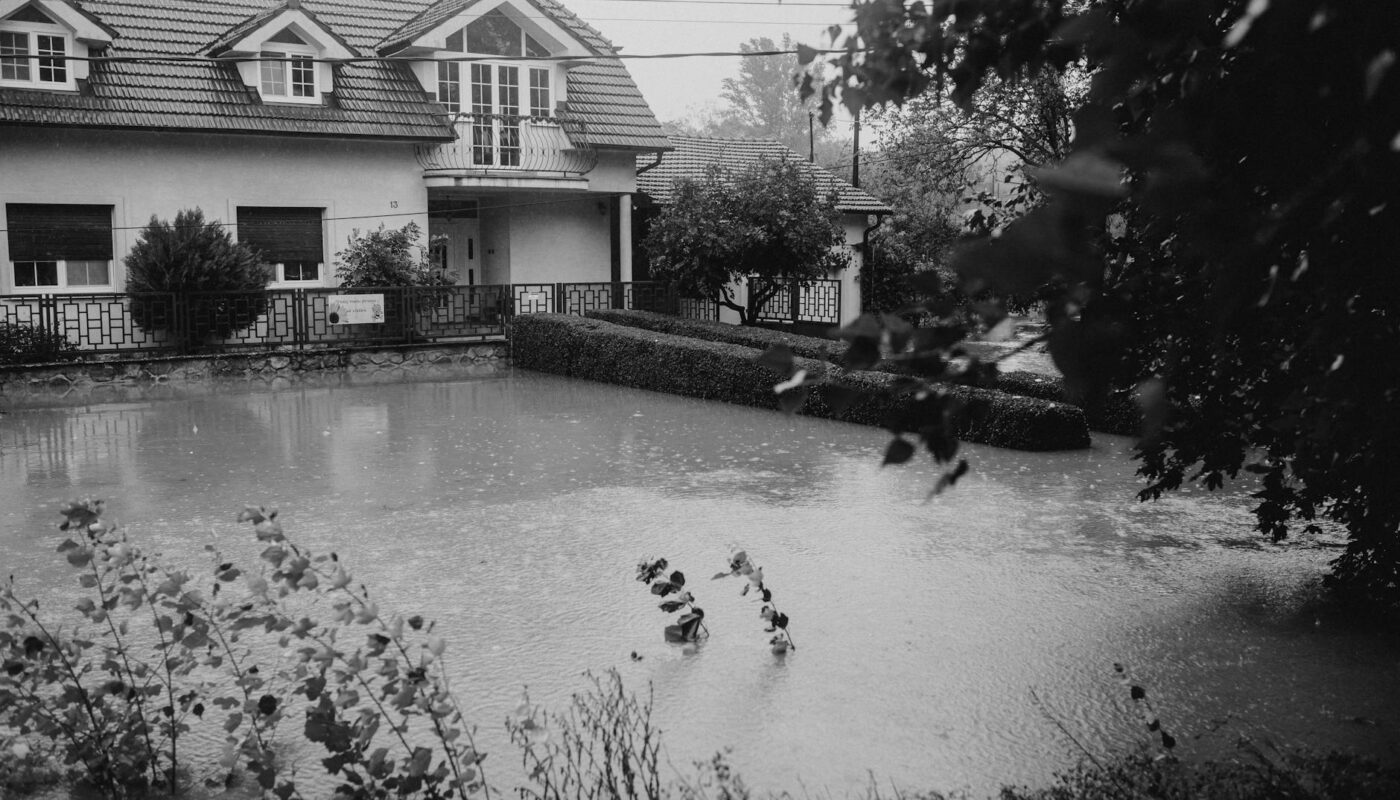Choosing the right insurance coverage for your home is crucial, and understanding the differences between flood insurance and homeowners insurance is essential. While both protect your property, they cover different risks. This post clarifies five key distinctions to help you make informed decisions.
What Homeowners Insurance Covers
Homeowners insurance typically covers damage to your home’s structure and personal belongings caused by events like fire, windstorms, and theft. However, it explicitly excludes flood damage. It’s important to note that even a small amount of water damage from a heavy rainstorm might not be covered under a standard homeowners policy. This is a common misconception, leading many homeowners to assume they are protected when they are not. 
What Flood Insurance Covers
Flood insurance, on the other hand, specifically covers damage caused by flooding. This includes damage from overflowing rivers, heavy rainfall, and rising groundwater. The National Flood Insurance Program (NFIP) offers flood insurance, and it’s often a requirement for mortgages in high-risk flood zones. Flood insurance policies typically cover the building’s structure and your personal belongings. Learning about different coverage options is key to selecting the best plan for you. 
Coverage Limits and Deductibles
Both homeowners and flood insurance policies have coverage limits and deductibles. Your homeowners insurance policy will specify the maximum amount it will pay for different types of damage. Similarly, flood insurance policies have their own coverage limits. It’s crucial to understand these limits to ensure you have sufficient coverage for your home and belongings. Deductibles differ as well; your deductible for flood insurance might be different from your deductible for homeowners insurance. Understanding your deductibles will better prepare you for unexpected costs. [IMAGE_3_HERE]
The Importance of Separate Policies
It’s vital to understand that flood insurance and homeowners insurance are separate policies. You cannot rely on your homeowners insurance to cover flood damage. Purchasing both provides comprehensive protection, safeguarding your investment against various perils. Many people mistakenly believe their homeowners policy covers everything – it is important to understand that flood and homeowners insurance are different. Purchasing both will ensure you have comprehensive coverage. Getting the right coverage is paramount.
Cost and Availability
The cost of flood insurance varies depending on your location, the value of your property, and the risk of flooding in your area. Flood insurance can sometimes be more expensive than your homeowners insurance, especially in high-risk zones. Availability can also be a factor; in some areas, flood insurance may be difficult to obtain. Comparing quotes from multiple providers is highly recommended. [IMAGE_4_HERE]
Conclusion
In summary, while both homeowners and flood insurance protect your property, they cover different risks. Homeowners insurance typically excludes flood damage, making a separate flood insurance policy essential, especially in flood-prone areas. Understanding the key differences discussed above will ensure you have the appropriate protection for your home and peace of mind.
Frequently Asked Questions
What is the difference between flood insurance and homeowners insurance? Homeowners insurance covers damage from events like fire and theft, but excludes flood damage. Flood insurance specifically covers damage caused by flooding.
Do I need both flood and homeowners insurance? While homeowners insurance is essential, you’ll also need flood insurance if you live in a flood-prone area or want complete protection against water damage. A flood risk assessment can help you decide.
How much does flood insurance cost? The cost depends on factors like your location, the value of your property, and your coverage level. It’s best to obtain multiple quotes to compare costs.
What are the coverage limits of flood insurance? Flood insurance policies have specific coverage limits for building and contents. It’s vital to ensure your policy has sufficient limits to cover your property’s value.
How can I find out if I’m in a high-risk flood zone? You can check your flood risk by using FEMA’s Flood Map Service Center.



